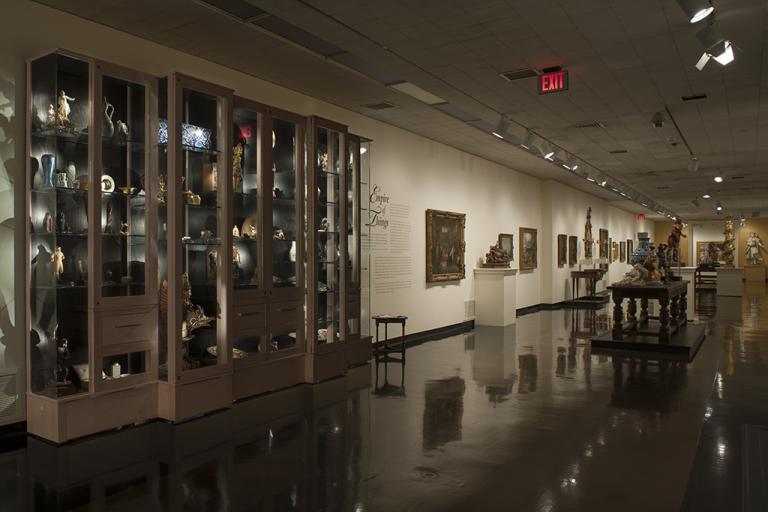untitled (Imaginary View with Reminiscences of Padua), Circle of Bernard Bellotto
Artwork Overview
Circle of Bernard Bellotto, artist
active late 1700s
untitled (Imaginary View with Reminiscences of Padua),
1723–1780
Where object was made: Italy
Material/technique: oil; canvas
Dimensions:
Canvas/Support (Height x Width x Depth): 83.4 x 108.8 cm
Canvas/Support (Height x Width x Depth): 32 13/16 x 42 13/16 in
Canvas/Support (Height x Width x Depth): 83.4 x 108.8 cm
Canvas/Support (Height x Width x Depth): 32 13/16 x 42 13/16 in
Credit line: Museum purchase
Accession number: 1952.0003
Not on display
If you wish to reproduce this image, please submit an image request




